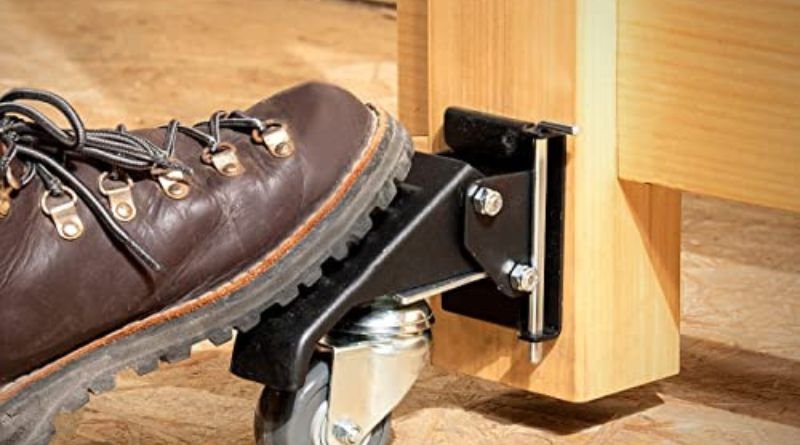Key Takeaways
- Understand different types of casters and their applications.
- Consider material, size, and load capacity when selecting casters.
- Learn about maintenance and safety tips to extend the lifespan of casters.
- The role of climate and flooring in caster choice.
The Basics of Casters
Casters transform static objects into mobile ones, providing the flexibility to move equipment and furniture easily and efficiently. They are ubiquitous in industries ranging from healthcare to manufacturing, where their ability to support substantial weight while enabling movement is invaluable. One of the critical types of casters is the locking casters. This type offers movement and the capacity to secure equipment in place safely, thereby preventing unwanted mobility and ensuring safety in operational environments. Understanding casters’ fundamentals goes a long way in selecting the appropriate type for varied applications.
Types of Casters and Their Applications
With a broad spectrum of casters, choosing the right kind entails understanding their unique functions and applications. Swivel casters, for instance, provide the flexibility to maneuver around tight spaces, making them invaluable in multilateral workspaces like hospital corridors or manufacturing lines. They offer ease of movement in environments where frequently altering direction is essential. On the other hand, rigid casters are designed for straight-line movement and provide stability in applications where a fixed travel path is beneficial, such as assembly lines. The versatility of locking casters makes them suitable for environments requiring both movement and stationary strength, such as logistics, where equipment must remain motionless during loading and unloading.
Key Factors in Choosing Casters
Choosing the right caster is crucial for their performance and longevity. Material and size are key factors, with steel being ideal for industrial settings due to its strength. Softer materials like rubber or polyurethane are suitable for sensitive flooring. The size of the caster also affects its rolling efficiency, with larger ones offering smoother navigation. Load capacity is also essential to prevent overburdening, as exceeding this capacity can lead to structural failure and safety issues. Selecting casters with a load capacity that comfortably exceeds the intended use ensures reliability and reduces accident risks. Adhering to manufacturer guidelines and regularly inspecting casters for signs of wear can further enhance operational safety.
Climate and Flooring Considerations
Environmental factors like temperature, humidity, and flooring type can significantly affect caster performance. Choosing materials that resist rust and corrosion in humid or corrosive environments, such as stainless steel or specially treated coatings, is best. Additionally, lightweight polyurethane casters are ideal for flooring, as they offer excellent protection and ease of movement on delicate surfaces. These materials help reduce noise and prevent surface indentations.
Maintenance Tips for Long-Lasting Use
Proper maintenance extends the casters’ lifespan, enhancing their safety and functionality. Regular inspections should focus on checking for debris in caster wheels and axles, ensuring they rotate freely and smoothly. Additionally, lubricating moving parts prevents corrosion and reduces wear, keeping the casters in optimal condition. Replacing worn or damaged components can also help avert costly equipment failures, maintaining the overall integrity of the systems dependent on the casters. Following manufacturer guidelines on care and maintenance can significantly extend the life and performance of your casters.
Making the Right Decision
Ultimately, selecting the right caster involves comprehensively assessing various factors, including the environment, load requirements, and equipment’s intended use. Evaluating these aspects ensures you choose casters to meet functional needs and enhance safety and efficiency. Whether for industrial, healthcare, or commercial settings, the strategic selection of casters can boost operational efficacy, contribute to longer equipment life, and ensure smoother workflows. Equipped with the knowledge from this article, you’re well-prepared to make informed decisions that will enhance your project’s mobility requirements.
